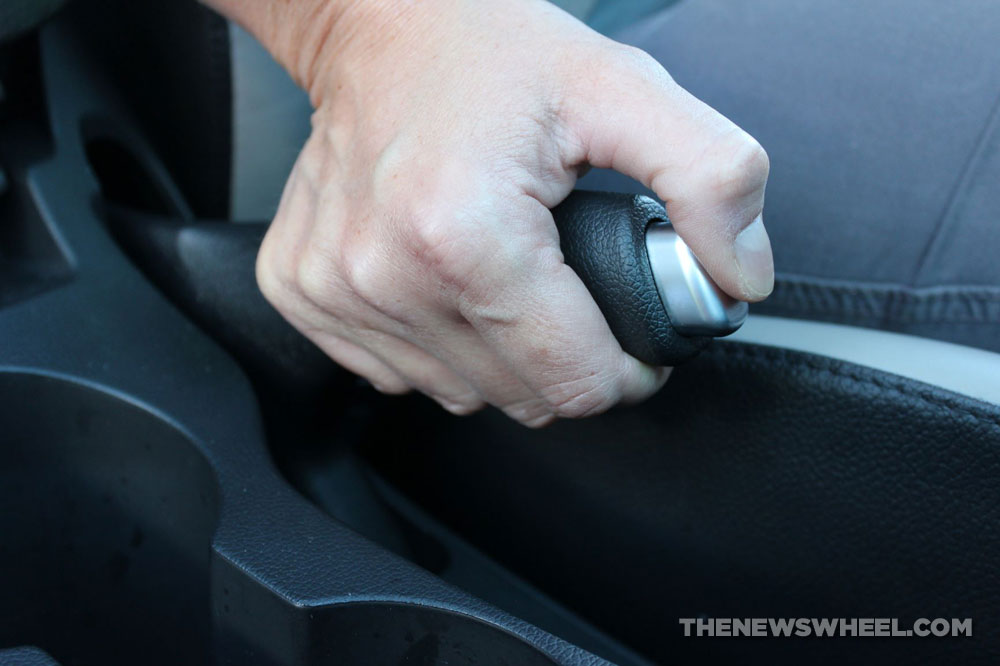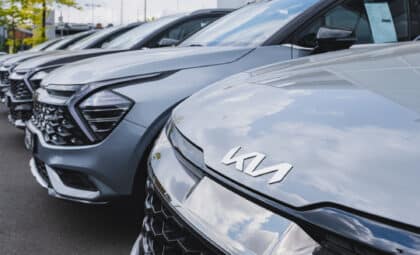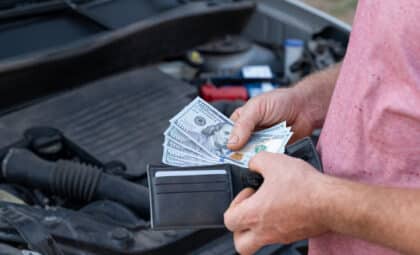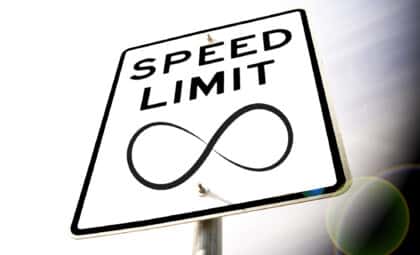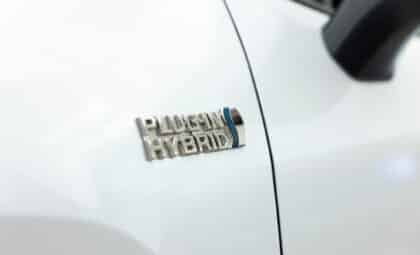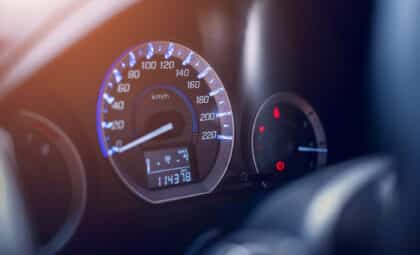Photo: The News Wheel
When you learned to drive, the concept of the parking brake probably didn’t make sense. Why would you need a brake for when your car is parked? Isn’t that the whole point of turning the car off: so it doesn’t move? Admittedly, the parking brake does seem redundant — until you understand how it functions.
Proper use of the parking brake can save your car in hazardous situations, but it has another important function: It’s a much better braking system than how you normally park your car. This is why you should always use the emergency brake when you park.
From Head to Toe: The benefits of having your car detailed
Contrary to what its name suggest, the emergency brake should be used for more than just emergencies. Many mechanics recommend using the emergency brake every time you park your car — which is why it’s also called the parking brake.
This lever-activated brake was originally designed as a secondary braking system in case the primary system failed when you were driving. It functions separately than the hydraulic-operated brakes. But, it turns out that the parking brake can help protect the car’s condition over time.
The basic type of parking system you use relies on a parking prawl, which freezes up the transmission so your car doesn’t roll away. Not only is the emergency brake — which clamps down on the wheels so they don’t spin to roll away — more stationary and reliable, it also puts less strain on the car.
Using the parking prawl constantly wears out the prawl, the transmission, the CV joints, and the transaxle. How do you avoid ongoing wear? Use the emergency brake! If you engage the emergency brake, not as much strain will be put on the parking prawl.
To properly engage the parking brake, put your car in neutral before turning it off. Then, engage the brake and put your car in park last. To start your car back up, perform the same operations in reverse.
If you don’t use the parking brake regularly, it could develop rust and corrosion, leading to snapping and failure when you need it most. So, always use the emergency brake as much as you can.
Source: Driver’s Ed Guru
Don’t Miss Out: Crucial tech features you should look for in your next car
The News Wheel is a digital auto magazine providing readers with a fresh perspective on the latest car news. We’re located in the heart of America (Dayton, Ohio) and our goal is to deliver an entertaining and informative perspective on what’s trending in the automotive world. See more articles from The News Wheel.

